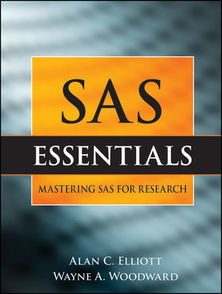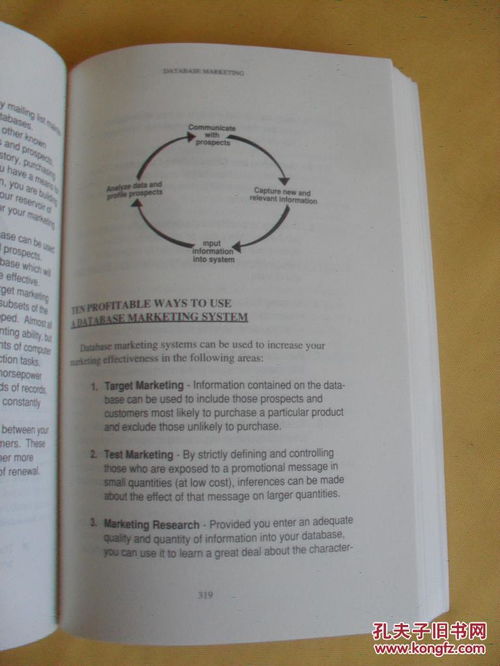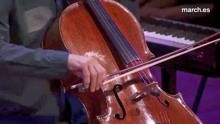Content:
Introduction: Fishing is a popular outdoor activity that offers relaxation, tranquility, and the thrill of catching fish. Whether you are a beginner or an experienced angler, knowing the right bait fishing techniques can greatly enhance your chances of success. In this article, we will provide you with valuable tips and tricks to help you become a skilled bait fisherman.
Choose the Right Equipment: Before you start fishing, it is crucial to have the right equipment. Here are some essential items you will need:
a. Rod and Reel: Select a rod and reel that match the type of fish you are targeting. Lightweight rods and reels are suitable for beginners, as they are easier to handle.
b. Line: Use a monofilament line that is strong enough to handle the fish you are targeting. The thickness of the line will depend on the fish size and the strength of the current.
c. Hooks: Choose hooks that are appropriate for the type of bait you will be using. For instance, if you are using worms, use a small hook, whereas for larger baits like minnows, use a larger hook.
d. Bait: Depending on the fish species, you can use various types of bait, such as worms, insects, or live bait like minnows or crayfish.
Understand the Basics of Bait Fishing: To become a skilled bait fisherman, you need to understand the basics of bait fishing. Here are some key points to keep in mind:
a. Fish Behavior: Familiarize yourself with the behavior of the fish you are targeting. This includes their feeding patterns, preferred habitats, and migration habits.
b. Bait Selection: Choose the right bait that appeals to the fish you are targeting. For example, if you are fishing for bass, using live bait like minnows or crayfish can be more effective than artificial lures.
c. Presentation: The way you present your bait to the fish can make a significant difference. Ensure that your bait is moving naturally in the water, as fish are more likely to bite when they see something that resembles their natural prey.
Mastering the Art of Casting: Casting is a fundamental skill in bait fishing. Here are some tips to help you improve your casting technique:
a. Hold the Rod: Grip the rod with your dominant hand, positioning your thumb on the reel's spool and your index finger on the line guide.
b. Backcast: Begin by lifting the rod back over your head, allowing the line to unwind from the reel. Keep the line tight to avoid tangling.
c. Forward Cast: Once the line is fully wound, lower the rod towards the water, allowing the line to straighten out. Maintain a steady pace and release the line at the right moment.
Learning the Art of Patience: Patience is a virtue in bait fishing. Here are some tips to help you stay patient and increase your chances of catching fish:
a. Find the Perfect Spot: Spend time exploring different areas of the water body to find the perfect spot where fish are most likely to be found.

b. Adjust Your Approach: If you are not getting any bites, try changing your bait, lure, or presentation technique. Sometimes, it's all about finding the right combination.
c. Stay Focused: Keep your attention on the water and your fishing line. A sudden movement or bite can be easily missed if you are not paying attention.
Safety First: Always prioritize safety when fishing. Here are some safety tips to keep in mind:
a. Wear appropriate clothing and footwear for the weather and terrain.
b. Be aware of your surroundings, including other anglers, wildlife, and potential hazards like rocks or stumps.
c. Bring a first aid kit, a whistle, and a flashlight in case of emergencies.
Conclusion: Bait fishing can be a rewarding and enjoyable activity for beginners and experienced anglers alike. By following these tips and practicing your skills, you can improve your chances of catching fish and become a skilled bait fisherman. Remember to always respect the environment and practice catch-and-release fishing when possible. Happy fishing!












